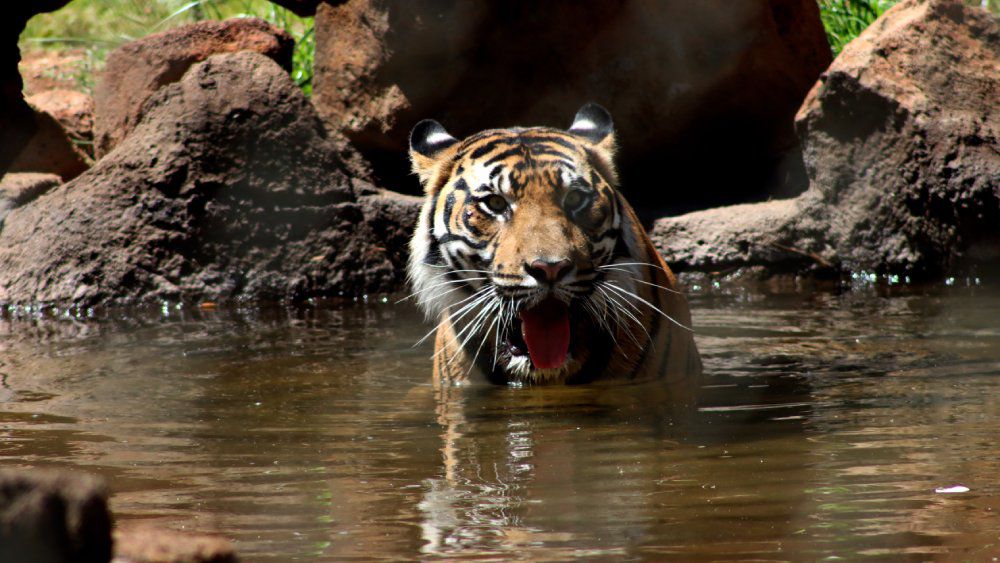HONOLULU — In September, the Honolulu Zoo’s 6-year-old Sumatran tiger Anala underwent a novel artificial insemination procedure with the assistance of a team of reproductive specialists from Omaha’s Henry Doorly Zoo.
Unfortunately, Anala did not become pregnant following the procedure.
“We want to thank the Henry Doorly Zoo for sending their team to Oahu to perform this procedure and their efforts to promote the survival of this remarkable species,” said the City and County of Honolulu’s Information Specialist Brandi Higa in an email to Spectrum News.
Next year, the Association of Zoos and Aquariums Species Survival Plan will send a male tiger as a potential mate for Anala.
The novel procedure, laparoscopic oviductal artificial insemination, has only been performed in a handful of tigers, according to a Honolulu Zoo news release. For Anala, cryopreserved spermatozoa were collected from a male Sumatran tiger at another AZA-accredited zoo.
AI has led to successful births in several species, such as domestic cats, wolves, rhinos, oryx, clouded leopards and the Tsushima leopard cat. However, so far, AI has led to just four pregnancies in tigers — about 20% of the tigers who have received AI — and no live births.
Because of the limited numbers of Sumatran tigers remaining in captivity, the Sumatran Tiger Species Survival Plan is hoping to achieve conception and live birth through AI matchmaking, as well as the ongoing physical relocation of suitable matches for reproduction.
According to the zoo, Sumatran tigers are the smallest subspecies of tigers and are native to the Indonesian island of Sumatra. Habitat loss, poaching and loss of prey animals due to deforestation are the biggest threats to this critically endangered species, with less than 400 in their native habitat.
Sarah Yamanaka contributed reporting to this story.
Michelle Broder Van Dyke covers the Hawaiian Islands for Spectrum News Hawaii. Email her at michelle.brodervandyke@charter.com.



